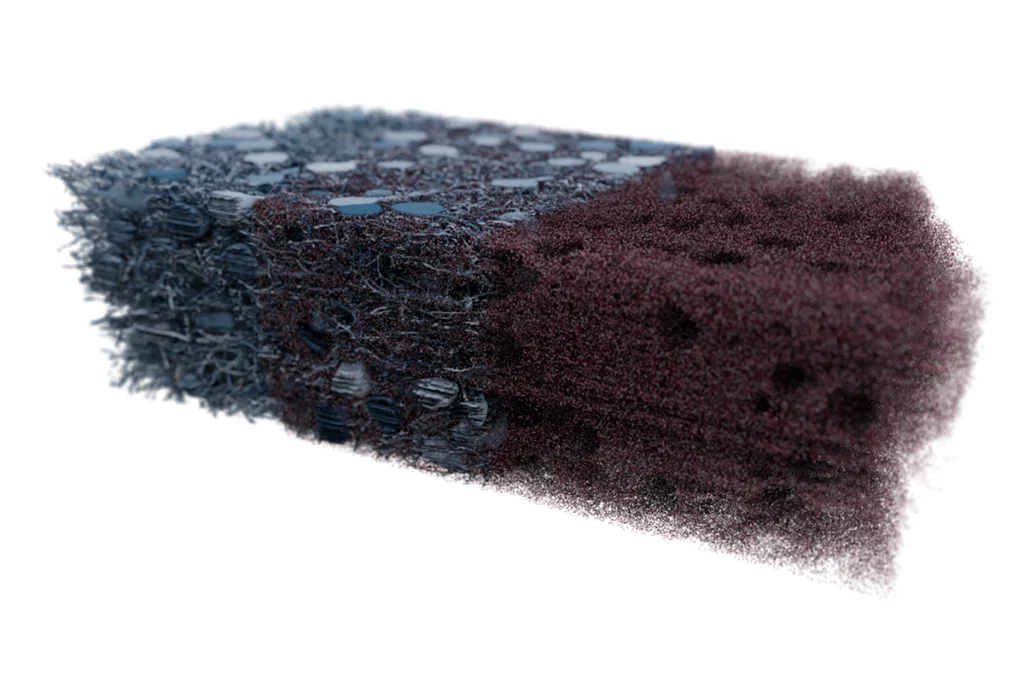Tyler Sloan earned his B.Sc. and Ph.D. from McGill University. Instead of doing a traditional postdoctoral fellowship, he founded Quorumetrix, a scientific data analysis and visualization studio based in Montréal. He specializes in data visualization and 3D animation, presenting primary research data in an attractive and engaging way while maintaining robust scientific accuracy. His award-winning visualizations have been featured in prominent academic journals and conferences. Sloan embraces a generalist approach and loves the challenge of exploring new data types, and he is particularly passionate about full-dome visualization.

Tyler Sloan
Data scientist
Quorumetrix
From this contributor
To develop better nervous-system visualizations, we need to think BIG
With a full mouse connectome on the horizon, neuroscience needs to overcome its legacy of minimalism and embrace the contemporary challenge of representing whole-nervous-system connectivity.

To develop better nervous-system visualizations, we need to think BIG
Explore more from The Transmitter
What is the future of organoid and assembloid regulation?
Four experts weigh in on how to establish ethical guardrails for research on the 3D neuron clusters as these models become ever more complex.

What is the future of organoid and assembloid regulation?
Four experts weigh in on how to establish ethical guardrails for research on the 3D neuron clusters as these models become ever more complex.
Insights on suicidality and autism; and more
Here is a roundup of autism-related news and research spotted around the web for the week of 8 December.

Insights on suicidality and autism; and more
Here is a roundup of autism-related news and research spotted around the web for the week of 8 December.
Exclusive: Springer Nature retracts, removes nearly 40 publications that trained neural networks on ‘bonkers’ dataset
The dataset contains images of children’s faces downloaded from websites about autism, which sparked concerns at Springer Nature about consent and reliability.

Exclusive: Springer Nature retracts, removes nearly 40 publications that trained neural networks on ‘bonkers’ dataset
The dataset contains images of children’s faces downloaded from websites about autism, which sparked concerns at Springer Nature about consent and reliability.